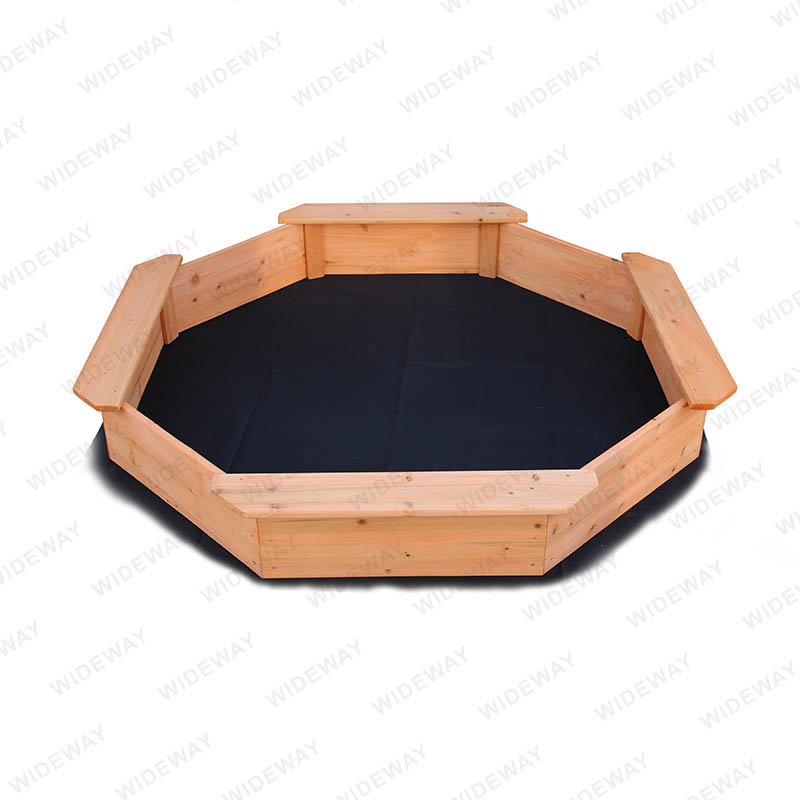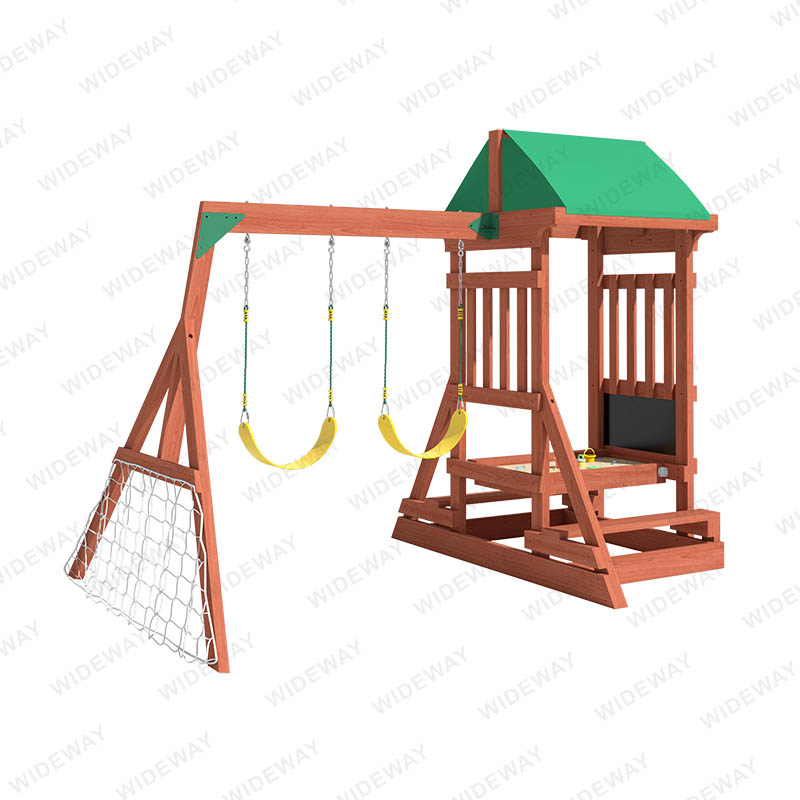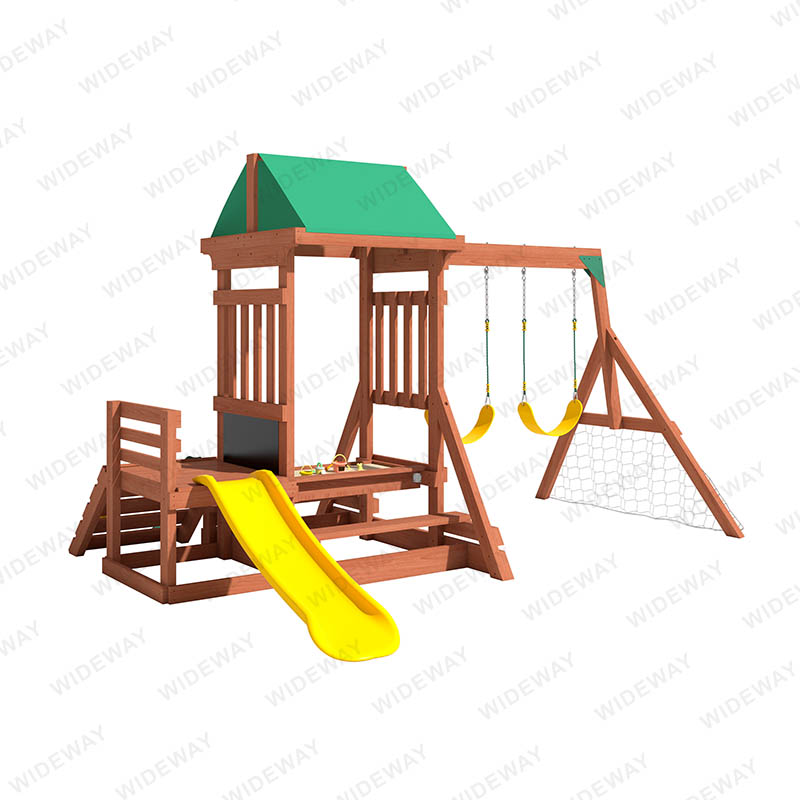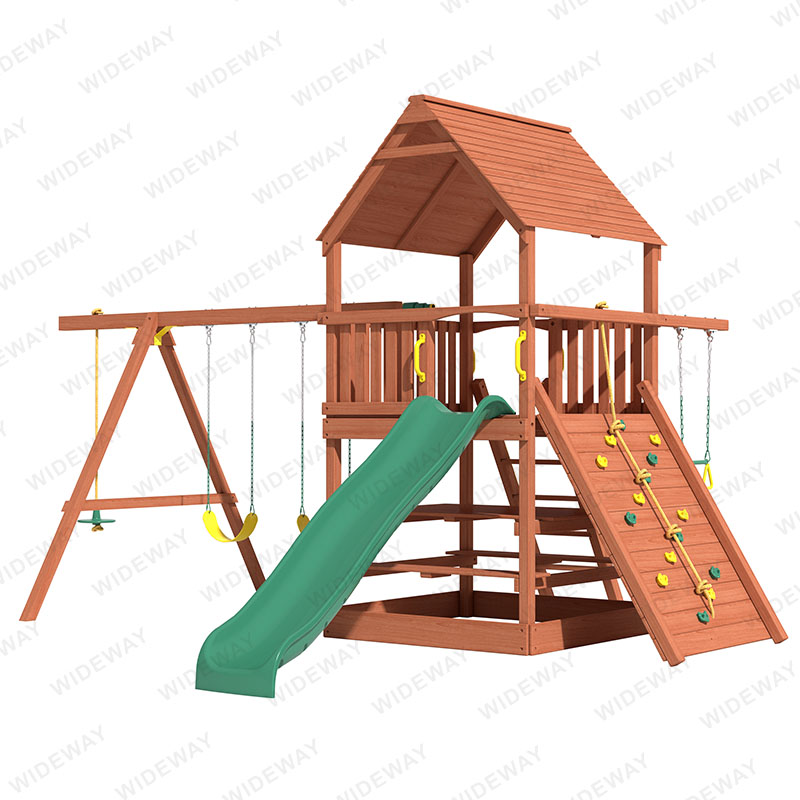How often should I replace the sand in my round sand box?
2024-10-29
How often should I replace the sand in my round sand box?
It depends on various factors, such as the frequency of use, the weather conditions in your area, and the quality of the sand. As a general rule, you should replace the sand in your round sand box at least once a year. If the sand has become moldy, damp, or has developed an odor, you should replace it immediately. You can also add a sandpit cover to protect the sand from wind, rain, and debris.How much sand do I need to fill up my round sand box?
The amount of sand you need depends on the size of your round sand box. On average, you will need about 500 pounds of sand to fill up a 5-foot round sandpit.What type of sand should I use for my round sand box?
You should use sand that is specifically meant for play areas. This type of sand is usually washed, graded, and free of impurities. It is also non-toxic and safe for children. You should avoid using beach sand, as it can contain impurities and harmful bacteria.How can I keep my round sand box clean?
You can keep your round sand box clean by regularly raking the sand to remove debris and leveling it out. You should also cover the sandpit when not in use to prevent leaves, sticks, and other debris from getting into it. Additionally, you can sanitize the sand by mixing equal parts of vinegar and water and spraying it over the sand. In conclusion, a round sand box is a fun and entertaining outdoor toy for kids, but it requires some maintenance and care. By following the tips mentioned in this article, you can ensure that your round sand box remains safe, clean, and enjoyable for your children.At Ningbo Longteng Outdoor Products Co., Ltd., we specialize in manufacturing high-quality outdoor play equipment, including round sand boxes. Our sandpits are made from durable and safe materials, ensuring that your kids can play in them without any worries. Contact us today at sales4@nbwideway.cn to learn more about our products and services.
References:
1. Smith, J. (2015). The Benefits of Sand Play for Children. Early Childhood Education Journal, 43(3), 167-175.
2. Garcia, E. E. (2017). Sandboxes: A Hidden Source of Toxocara Infection. Journal of Health Education Teaching Techniques, 4(1), 18-25.
3. Song, Q., Huang, R., Du, B., Chen, Z., Zhang, Y., & Zhao, Y. (2019). Effect of sandplay therapy on preschool children’s emotional regulation and social adjustment. Developmental Psychology, 55(6), 1212-1221.
4. Jones, L. E. (2016). The Role of Sand Play in Children's Social and Emotional Development. Journal of Playfulness, 5(2), 64-78.
5. Liu, H., & Niu, L. (2018). The effect of parental involvement on children’s sandplay therapy outcomes. International Journal of Play Therapy, 27(1), 37-45.
6. Wang, L., & Wang, Y. (2015). Sandplay therapy for children with autism spectrum disorders: A systematic review. Frontiers in Psychology, 6(1570), 1-5.
7. Jones, G. B. (2017). The developmental benefits of sand and water play for preschool children. European Early Childhood Education Research Journal, 25(2), 272-285.
8. Jin, M., & Zhang, X. (2018). Effects of sandplay therapy on preschool children’s creativity and problem solving ability. Early Child Development and Care, 188(8), 1115-1122.
9. Kano, M. (2019). The effects of sandplay therapy on psychological distress and perceived well-being among breast cancer survivors. The Journal of Alternative and Complementary Medicine, 25(5), 502-509.
10. Lee, J. H., Oh, Y. J., Sung, Y. H., Noh, H. M., & Cha, W. S. (2020). Sandplay therapy for children with attention-deficit/hyperactivity disorder: A randomized controlled trial. Journal of Child and Family Studies, 29(1), 98-106.




